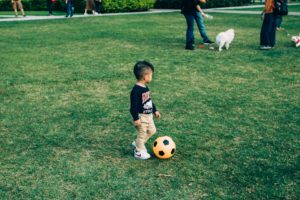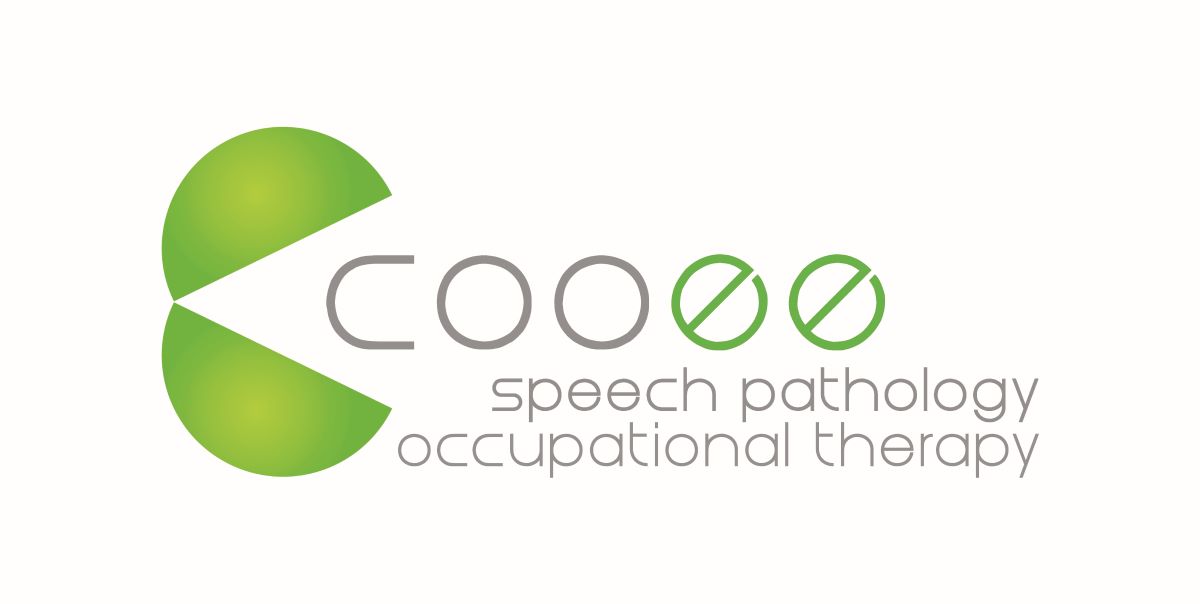Occupational Therapy: Top Toys for Motor Skills
At Cooee Speech Pathology our Occupational Therapists work with children with motor difficulties.

As university trained health professionals, Occupational Therapists work with children to help develop gross motor, and fine motor skills to improve their access to every day life activities and achieve their developmental milestones.
Throwing
Kicking
Writing
Typing
Tying Shoe Laces
These every day life activities can be challenging for many children, particularly children with a diagnosis like Down syndrome, Autism, or developmental delays.
Our Occupational Therapist, Bre, shares her top 4 toys that you can use at home to help strengthen motor areas, and how to use!
But before we get to that… how do we know if our child’s motor skills need a helping hand?
By age 1, children should be tackling skills such as:
- Walking 3 or more steps with assistance
- Move from standing to sitting in coordinated fashion
- Scribbling spontaneously
By age 2, children can usually:
- Walk upstairs with alternating feet
- Throw a ball overhand with relative accuracy
- Use circular, vertical and horizontal strokes when drawing
By age 3, the next ‘steps’ are:
- Walk forward heel to toe
- Kick a stationary ball
- Snip paper with scissors
- Stand on one foot for a few seconds
Between age 4-6, we see children:
- Cut in a straight line
- Balance on one foot
- Rapidly touch each finger to thumb
- Bounce and catch a tennis ball
Beyond age 7, children continue to:
- Write their letters
- Skip
- Copy complex geometric shapes
- Dribble a ball with one hand
Okay, so how can we help at home?
Depending on what stage in development your child is at, remember it’s always important to get in outdoor play time. This could be as simple as kicking a ball around, playing with the dog or going to the park.
1. Use peanut balls & gym balls – Gross Motor
These easy, cheap ‘alternative seats’ are fantastic for developing core strength, which is essential for the movement of any limbs, as well as postural control. Strength starts in the middle!
Use the peanut ball to: roll back and forth on the tummy, seated bounces, crawling backwards and forwards.
Use the gym ball to: sit on at a table, seated bounces, challenge balance by sitting on the ball with two feet on the floor, making small circles through the hips.
2. Mini trampolines – Gross Motor
Every child has a fond memory of a trampoline. The mini ones are usually available from department stores for under $50. Trampolines are fantastic for developing body space awareness, balance, coordination and bilateral skills. It is also a great way for kids to get in a movement break after a tough day at school before starting their homework!
3. Pegs! – Fine Motor
Now this might not seem like much of a game, but if you can find a fun way to incorporate more PEGS into your child’s day (pegging paintings, helping with the washing) this simple activity can help develop finger strength and isolation, which transfers to writing and typing skills. Having a strong webbed space (the space between the thumb and the index finger) helps support a functional pencil grasp.
4. Playdough/Clay Play – Fine Motor
Playdough, modelling clay, kinetic sand – they are such time-worn favourites, and for a good reason. Kids love to exercise their imagination, and the hands-on manipulation required for rolling, scrunching, stretching, pinching all help develop finger strength and isolation skills, which transfer to writing and typing, and other daily activities like doing up buttons or shoe lace tying!
If these activities seem really difficult for your child, you get a lot of resistance, or you have concerns about their motor skills, consider booking a Gross or Fine Motor assessment online with our Occupational Therapists, to check in on your child’s skills, and get a plan to move forward.
You can also head to our OT Services page – scroll down to ‘What’s normal for fine and gross motor’ to learn more.
Happy Playing!
Bre Surawski
Occupational Therapist
